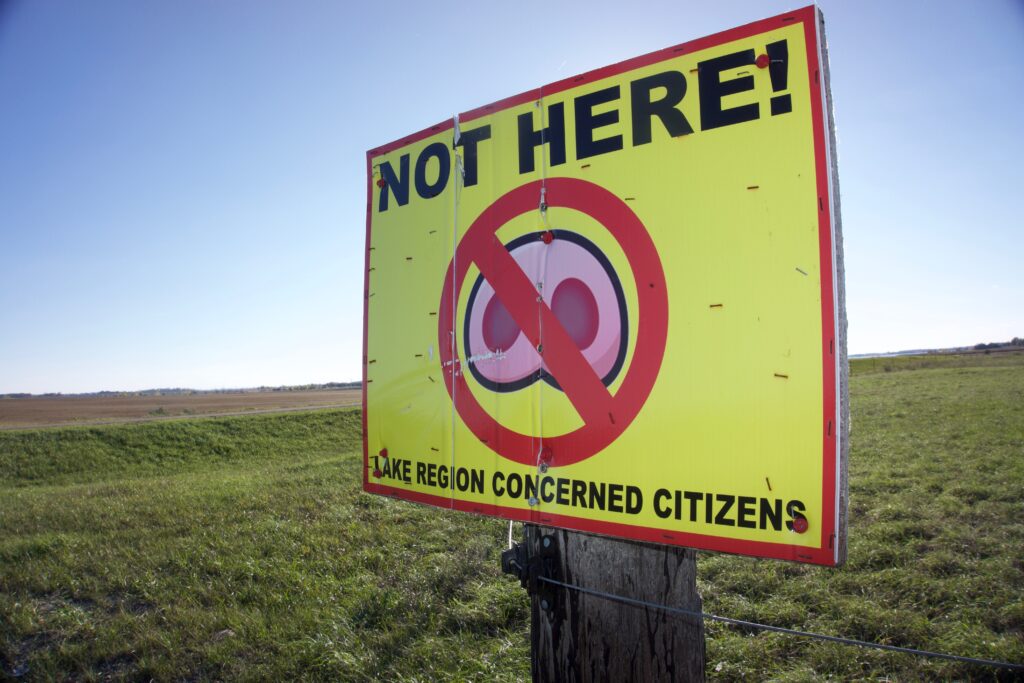
to regulate industrial livestock feeding operations. (Photo/Keith Schneider)
The essential purpose of project investigative journalism is to engage readers with new information about a subject of relevance and importance. In doing so, journalists seek to prompt changes in policy and behavior that benefit the public interest. As Upton Sinclair once said of his dogged journalism about the filth and danger of Chicago slaughterhouses: “The source and fountain-head of genuine reform in this matter is an enlightened public opinion.”
Those who’ve followed my work over the last two years know that I’ve undertaken an investigative project to disclose the causes and consequences of farm nutrient contamination, which I’ve appropriately described as a national scandal. In 2022 I reported on discharges of phosphorus from crop and livestock operations that fouled surface and groundwater in the Great Lakes states, leading to toxic algae blooms.
In 2023 my reporting focused on nitrate contamination in the Corn Belt states. As a result of the field reporting in five states I completed 13 exclusive investigative articles that were illustrated with my photographs. The articles were edited by Carey Gillam of The New Lede. They described how federal and state lawmakers, heavily lobbied by powerful farm interests, essentially immunized agriculture from environmental and public health safeguards that apply to every other major industrial sector in the country.
That regulatory waiver helped American agriculture evade accountability and avoid the cost of responsible waste management. Allowing agriculture to bypass environmental oversight is one of the primary reasons crop farms and livestock operations are much larger than they were a generation ago, and much more polluting. The result, according to Toxic Terrain articles, is a water quality and public health emergency across Corn Belt states. Surface and groundwater from Minnesota to Missouri, and from Nebraska to Illinois, is heavily contaminated with nitrates. Of the 15 states with the highest cancer incidence five are in the Corn Belt. Iowa now has the second highest cancer incidence in the U.S. behind Kentucky, and from 2015 to 2019 was the only state where cancer incidence increased.

developed a dangerous tumor when he was 20 years old that nearly killed him. (Photo/Keith Schneider)
The articles were co-published by nine news organizations and collected on the web sites of three:
The New Lede
https://www.thenewlede.org/toxic-terrain/
Circle of Blue
https://www.circleofblue.org/toxic-terrain/
Investigate Midwest
https://investigatemidwest.org/author/keith-schneider-circle-of-blue/
Toxic Terrain met the reporting objectives set out in the proposals to the Alicia Patterson Foundation and the Fund For Investigative Journalism, which awarded reporting fellowships to undertake the project. In summary, Toxic Terrain:
- Was the first to report on how formal fertilizer recommendations made by agricultural universities encourage crop and livestock producers to massively over fertilize farmland.
- Was the first to report on how provisions of the 2022 Inflation Reduction Act are pushing agriculture to the center of U.S. energy production – more corn for ethanol, more methane from manure – that will make pollution worse.
- Was the first to describe the hazards of “digestate,” the byproduct of generating methane from manure biodigesters. Billions of gallons of nitrate-saturated digestate is being spread on farmland without regulatory oversight.
- Was the first to report on how exposure to nitrates in drinking water could be a cause of a cluster of cancers in Minnesota, and rising cancer incidence in Iowa and other Corn Belt states.
- Was the first to report on how the American Farm Bureau Federation is leading a campaign in North Dakota and other states to eliminate local government oversight of large livestock operations.
Toxic Terrain is starting to generate the attention and influence that comes with persistent reporting. The project has helped to elevate public interest and media attention to farm sector pollution. The articles were read by hundreds of thousands of people, and generated tens of thousands of links and followers on social media. Activists are holding public meetings in rural towns and many are touching base with me, seeking data and details. I’ve participated in several meetings in Wisconsin and Minnesota, and was invited to address an event at the Iowa City Book Festival in October. I also was interviewed on podcasts and by other journalists for their own follow-up articles.
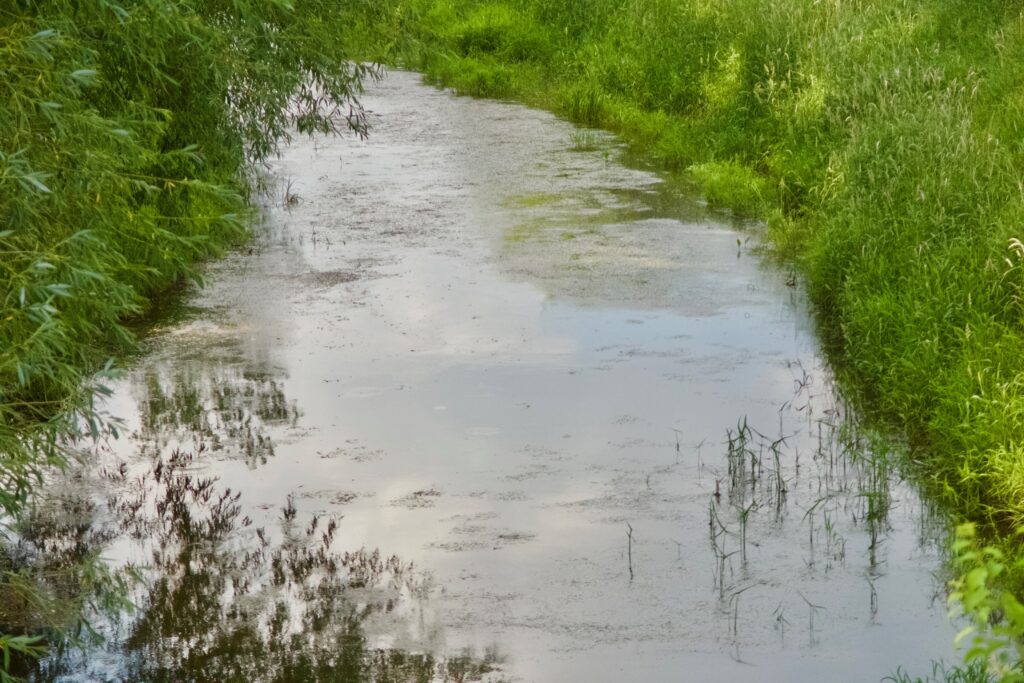
of the Cedar River in southern Minnesota. (Photo/Keith Schneider)
The attention appears to be helping to move lawmakers and agencies to action. Austin Baeth, an Iowa state representative, is pledging to hold hearings on water contamination and cancer later this year. Iowa health authorities are investigating the links between nitrates and farm chemicals, and the state’s rising cancer incidence. The EPA late last year ordered Minnesota to protect residents exposed to nitrates in drinking water. Babin Law, a toxic torte firm in Columbus, Ohio is preparing a class action lawsuit to address nitrate exposure and cancer.
It’s a start. I’m continuing the reporting in 2024 and plan to focus on other factors that contributed to the farm sector’s hazardous behavior. One of them is immunizing food and commodity corporations from anti-trust enforcement. Monopolies have swallowed and closed smaller players and weakened competition in pricing in the U.S. food sector. The convergence of environmental and anti-trust deregulation has pushed people off farms, depopulated communities, left thousands of working rural residents with lower incomes and a contaminated landscape. No wonder farm country is politically desperate.
In summary, Toxic Terrain moved the needle a bit in 2023. The reports helped readers understand more completely how agriculture became the country’s most dangerous polluter. In 2024 my plan is to dig deeper to more fully illustrate the environmental and public health emergency at the center of the country and its genesis in public policy.
An opportunity has emerged to tell the story of an industry so coddled by lawmakers of both parties at every level of government that it is now ruled by monopolies in every wing of its operation – seeds, chemicals, crops, livestock, equipment, food, and energy. Essentially U.S. agriculture is now a rogue industrial enterprise financed with public dollars and operating without constraint within the laws it contorted for its own benefit.
Rampant water pollution and public health harms are baked into a food and fiber production sector that 1) convinced Congress and presidents to finance its development with hundreds of billions of public dollars, and 2) succeeded in tilting federal and state policy to impede environmental oversight.
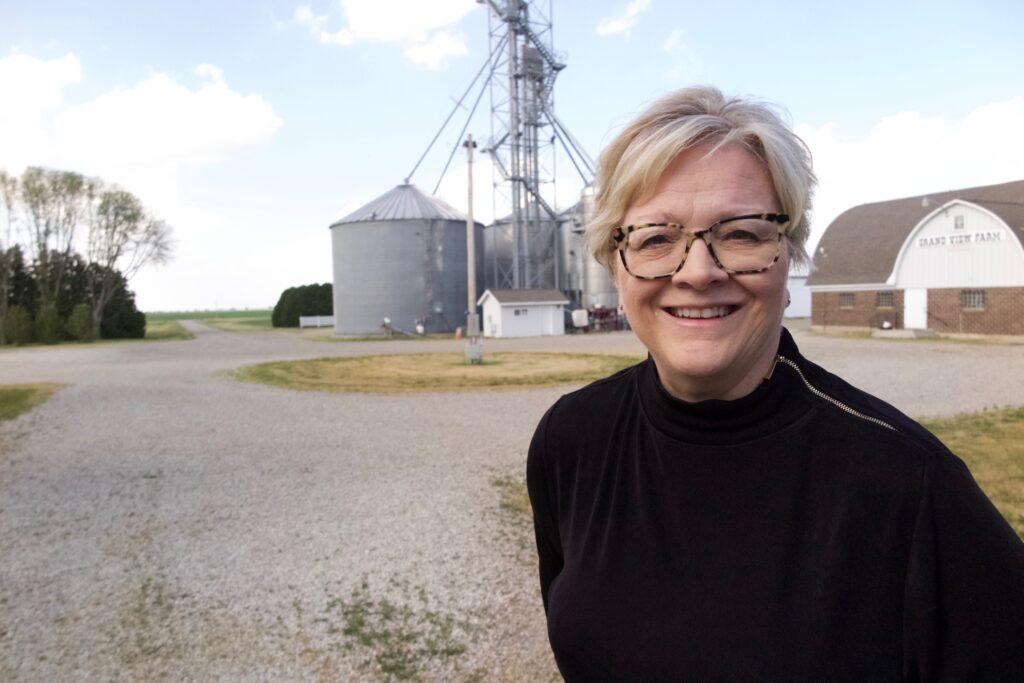
size and spread of industrial hog operations in Minnesota. (Photo/Keith Schneider)
In 2024 I plan to focus on three more systemic faults in federal policy that empower the menacing behavior of industrial farming:
- The effect of weak enforcement of anti-trust law on the rise of monopolies in the agriculture sector that are eradicating competition, concentrating influence in ever-fewer board rooms, harming health and the environment, injuring workers, and dominating federal and state lawmakers of both parties.
- Reporting on the Farm Bill, due to be renewed this year and likely to be devoted this to spending $tens of billions to cement agriculture’s new place at the center of US energy production. That means more money for corn growers and ethanol refineries, and tax incentives to build ever larger livestock and poultry feeding operations that produce methane from manure.
- The scourge of ethanol. The Biden administration and lawmakers of both parties support more than tripling U.S. production of ethanol to supply fuel for airliners. Though touted as a clean energy program that fits with national climate goals, growing corn for ethanol has already proven to cause extensive water and air pollution, and disrupted land values across the Corn Belt. Ethanol subsidies also made a handful of companies fabulously wealthy, produced job-destroying corn monocultures that emptied towns, and caused other social harms. More publicly-financed ethanol makes all of this worse.
I’m also planning to report these stories:
- Voluntary best management practices to control nitrate pollution — strip rows, cover crops, no-till cultivation, nutrient traps, others – don’t work. The federal government spend $3 billion to $4 billion annually in the Corn Belt on “BMPs”. States spend a bit less.
The annual hypoxic dead zone at the mouth of the Mississippi River is evidence of the scam of BMPs. The most recent assessment of streams and rivers by the EPA, made public in December, show nitrate contamination is growing worse especially in the Corn Belt. Iowa’s Nutrient Reduction Strategy has spent $billions and contamination is increasing.
- Profiling Tom Vilsack, the agriculture secretary. Vilsack has sat at the seat of power in industrial agriculture for a quarter century. His most recent policy initiatives are pushing agriculture in new and more hazardous directions. The most significant is the $100 billion publicly financed Big Oil-Big Ag-Big Government alliance formed by the climate provisions of the Inflation Reduction Act for more ethanol and manure-generated methane. Vilsack’s record in agriculture – as governor, as secretary of Agriculture, as administrator — is one of consistent support for monopolies at the expense of the consumer, taxpayer, worker, health, and the environment.
- EPA oversight of CAFOs and water pollution. The federal environmental agency promised a thorough review of CAFO hazards in 2024. The agency also has started a review of the 10 ppm nitrate safety standard for drinking water and issued directives to four states to clean up imminent hazards posed by nitrates in groundwater. How well is the EPA performing?
- Cancer and nitrate contamination in Iowa. I’ve developed sourcing in southeast Iowa for another on-the-record report from the frontlines linking nitrate exposure to cancer incidence. Iowa health authorities, as we noted late last year, have started to address environmental risk factors for cancer, including farm chemicals.
- Animal pandemics. Since 2022 the H1N1 avian flu virus has killed 80 million chickens and turkeys. The USDA has spent $1 billion compensating poultry producers. Since 2010 a viral respiratory disease, PRRS, has swept through the U.S. hog sector, killing millions of young pigs and forcing producers to close old hog feeding operations – in Iow and North Carolina – and open larger ones in “bio-safe” states – the Dakotas, Utah, Wisconsin, Missouri.
This promises to be another year of intensive reporting. Stay in touch.
— Keith Schneider

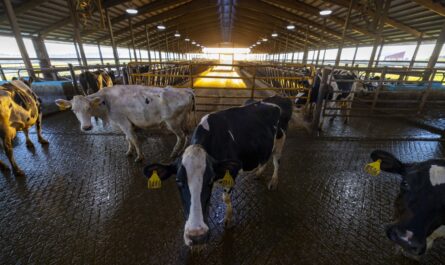
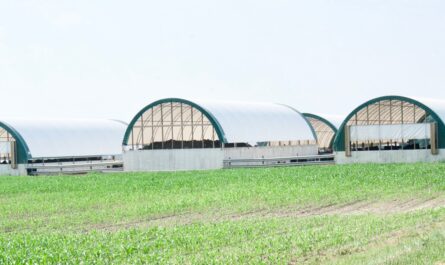

I’m not sure if I’ve ever read such a worthless pile of drivel before. Just utter outlandish and inflammatory nonsense.